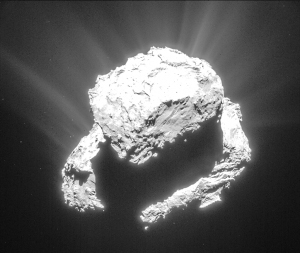The competition heats up: Lockheed Martin has joined Sierra Nevada, Orbital ATK, Boeing, and SpaceX in bidding for NASA’s next contract to ferry cargo to ISS.
Lockheed’s proposal is different in that it proposes a two spacecraft operation. The cargo would be hauled up in a very simple storage bin, where a long-term orbital tug would grab it and take it to ISS. The idea is that they would only have to build and launch the complicated thrusters, robot arms, computers, and avionics of their cargo freighter once, thereby saving money.
Two companies will be chosen. Since the first competition back in the mid-2000s, when NASA picked SpaceX and Kistler for the first cargo round, the quality of the bids has improved remarkably. Back then, NASA had to choose from a bunch of new companies, none of which had ever done this before. The big companies (Boeing, Lockheed Martin) then poo-pooed the competition, saying that it couldn’t be done as cheap as the new companies claimed. After Kistler went under and was replaced by Orbital, they and SpaceX proved the big companies were wrong.
Now the competition includes all the big players, except that those big players are no longer offering expensive systems but cut-rate efficient designs that are as cost effective as SpaceX and Orbital’s first designs.



